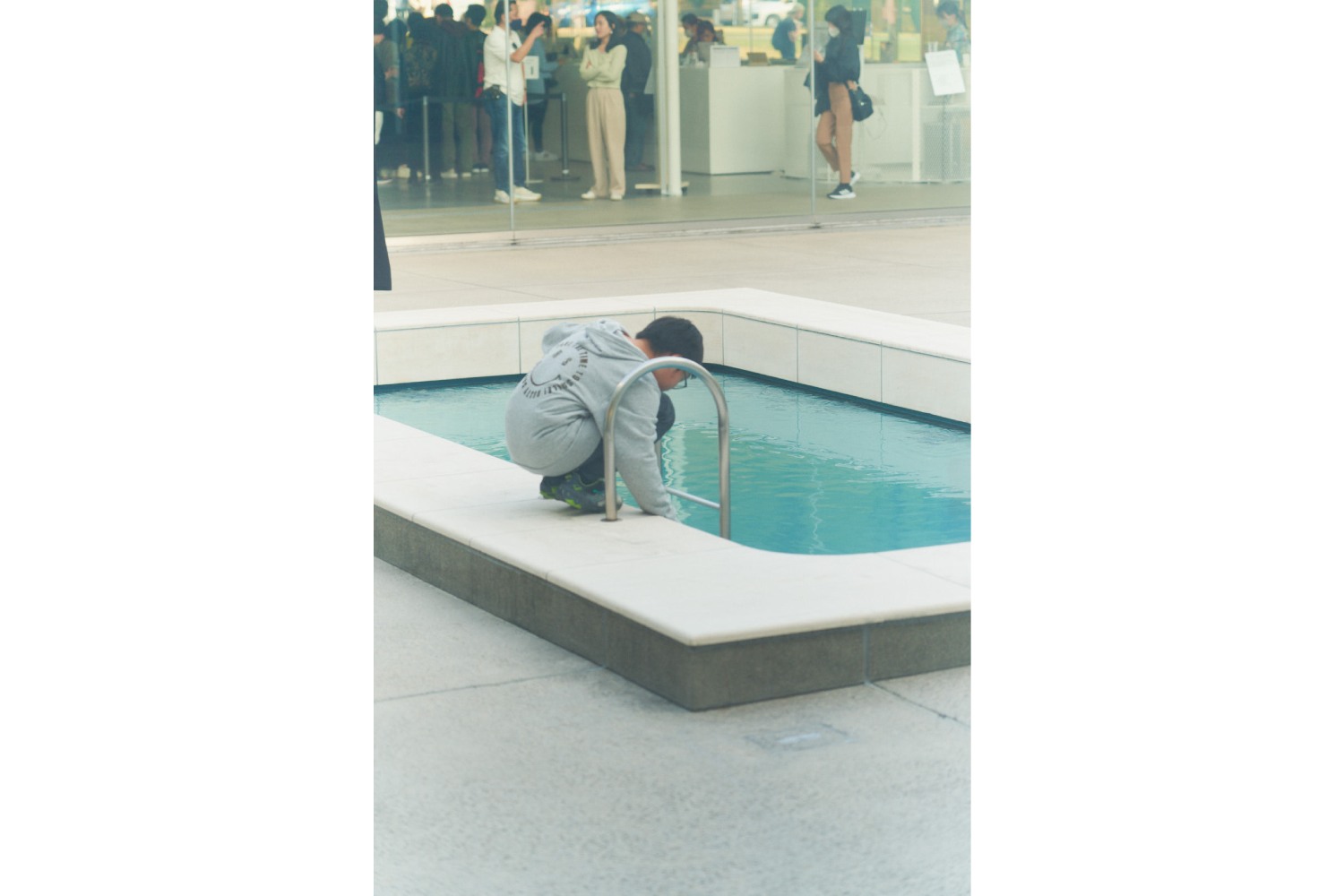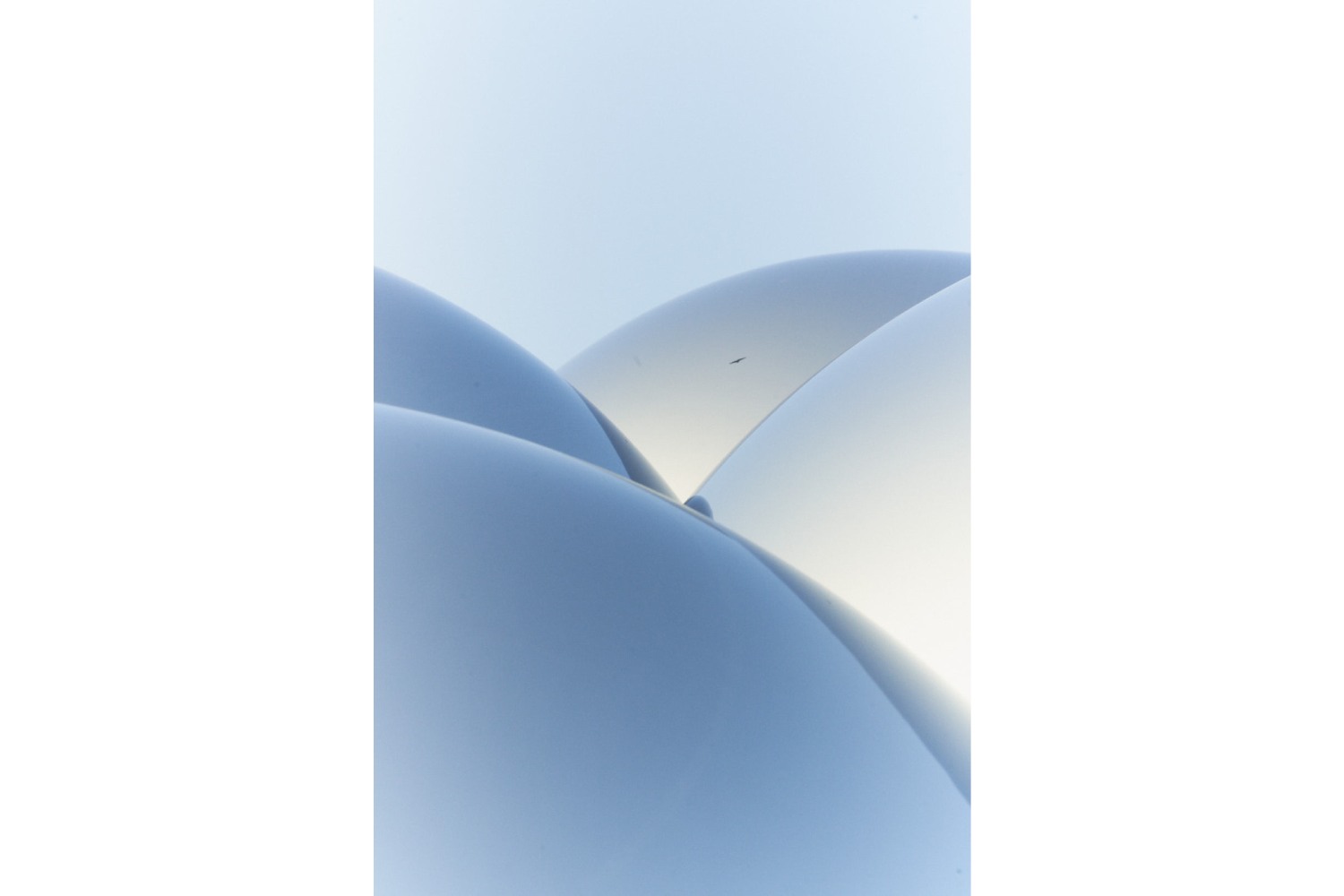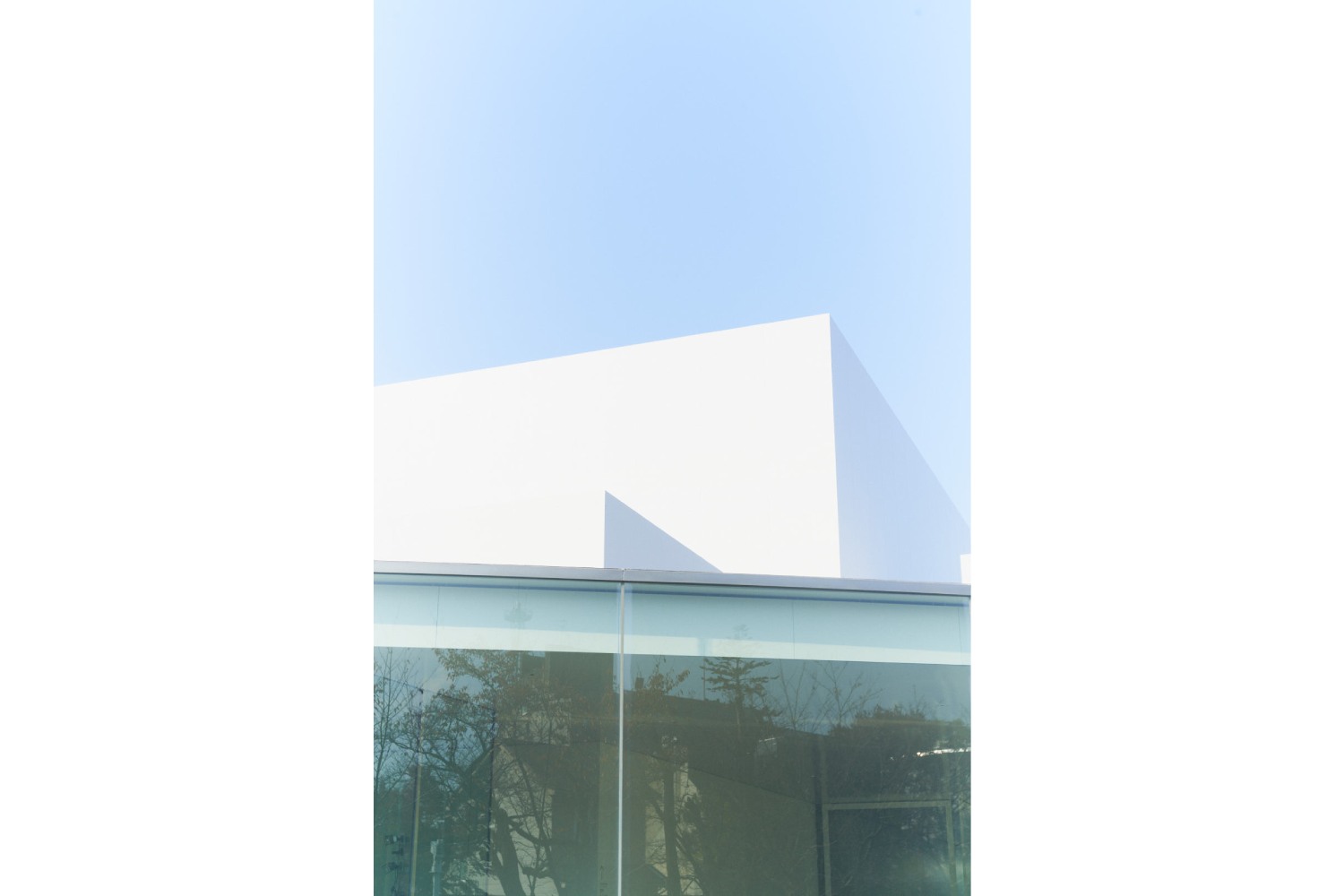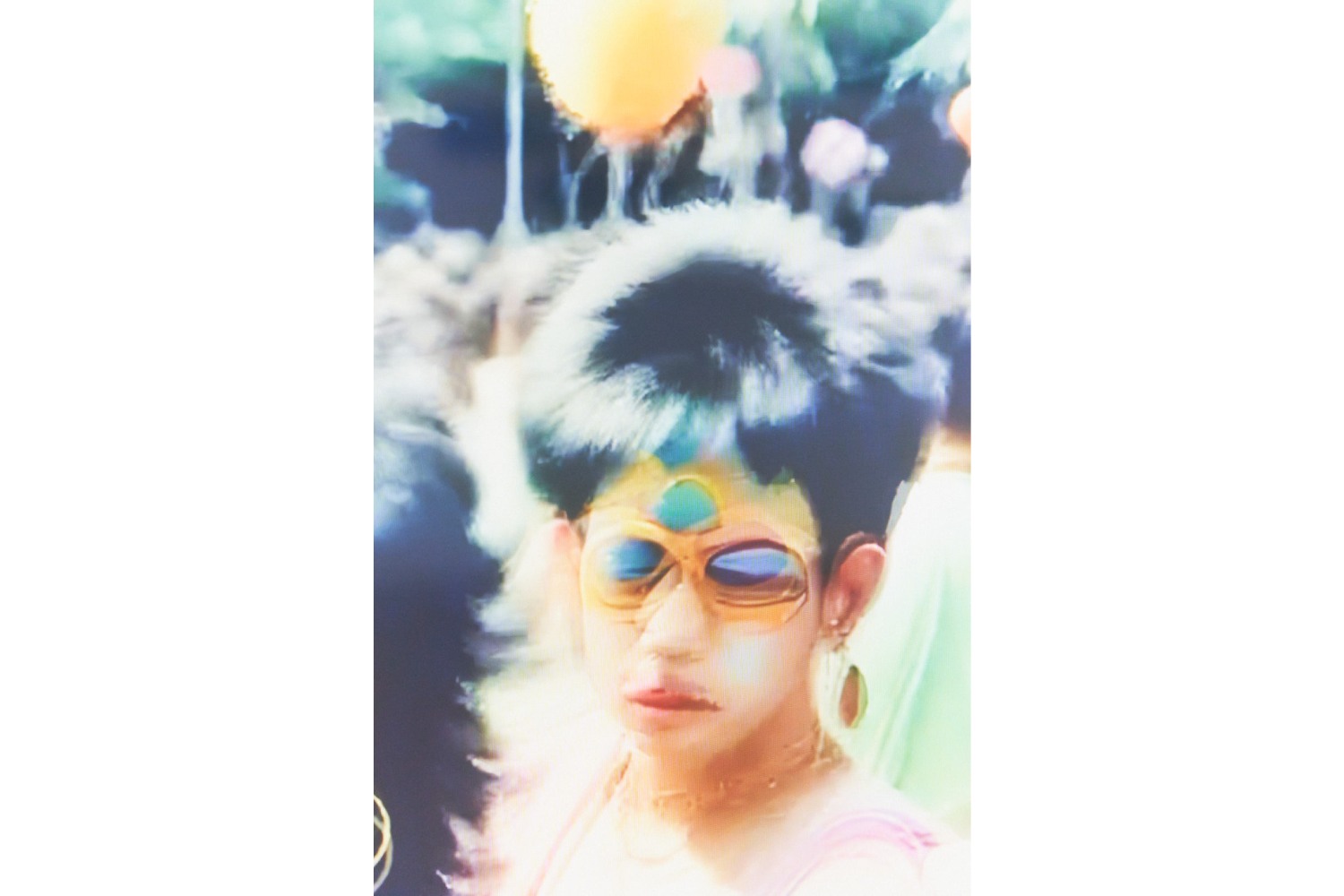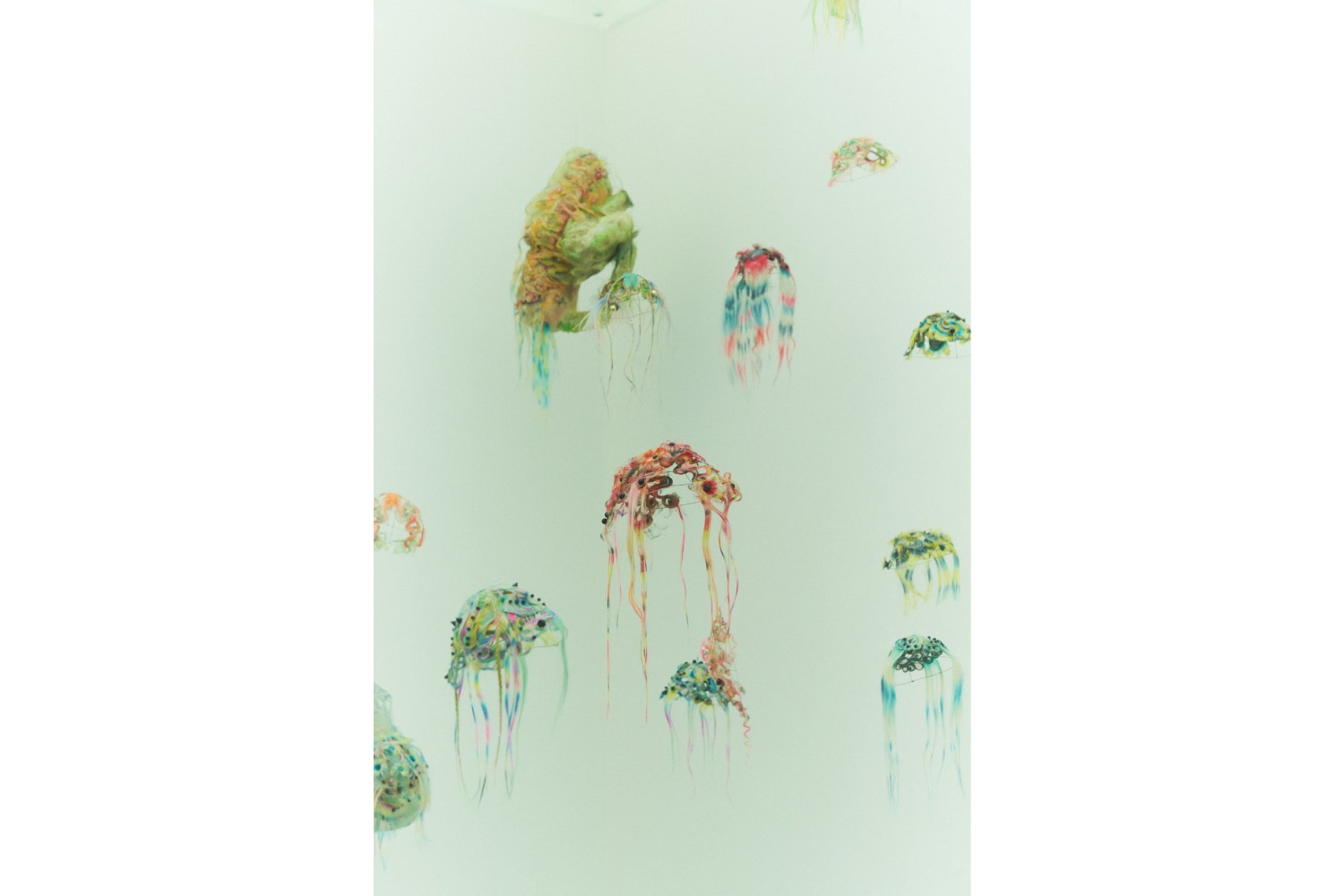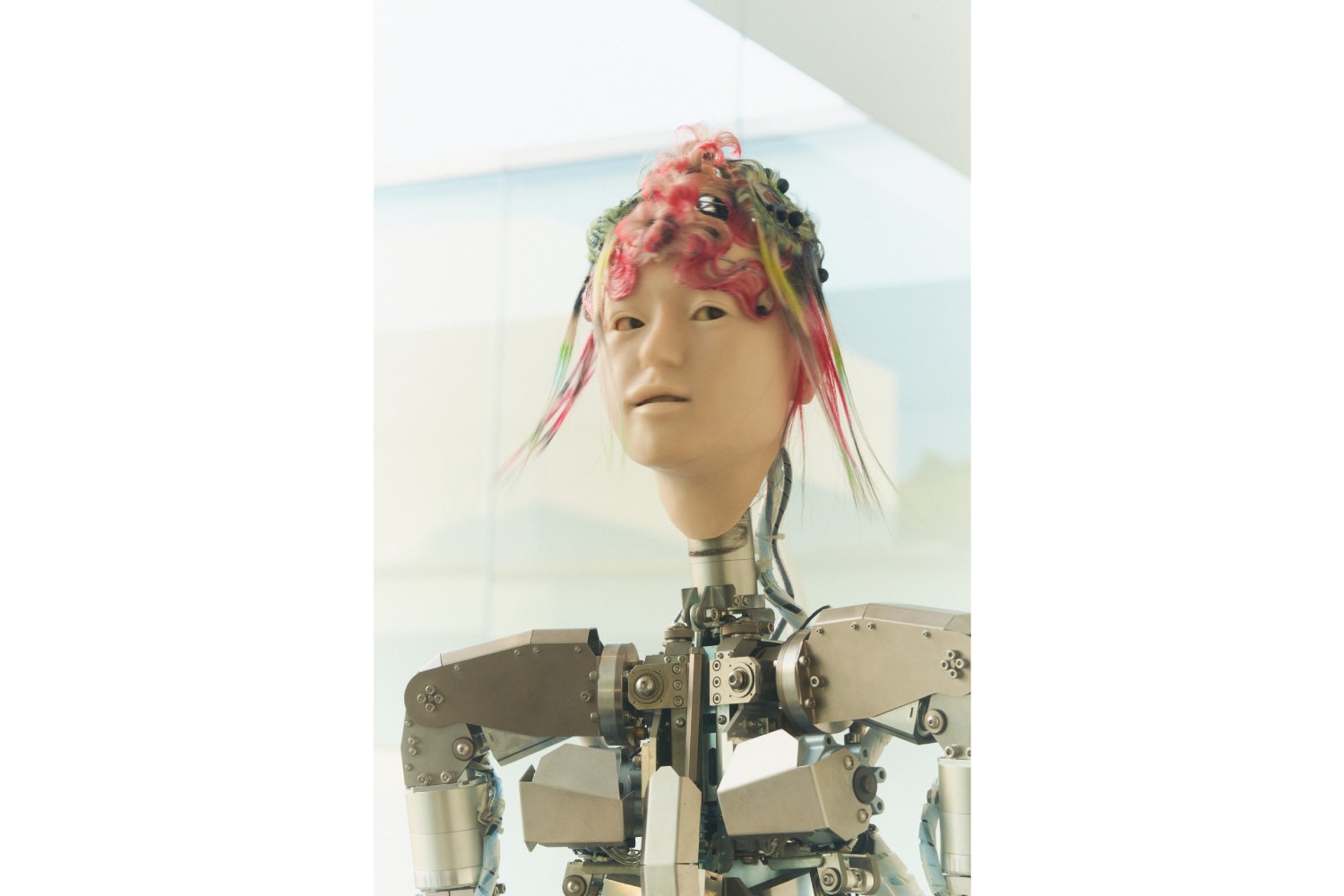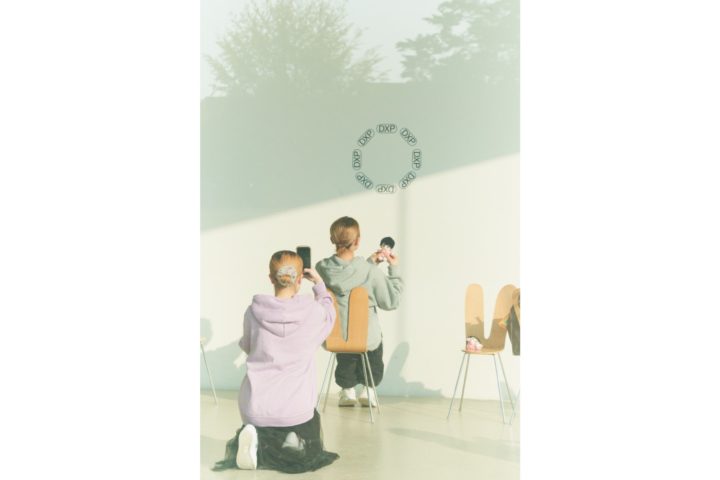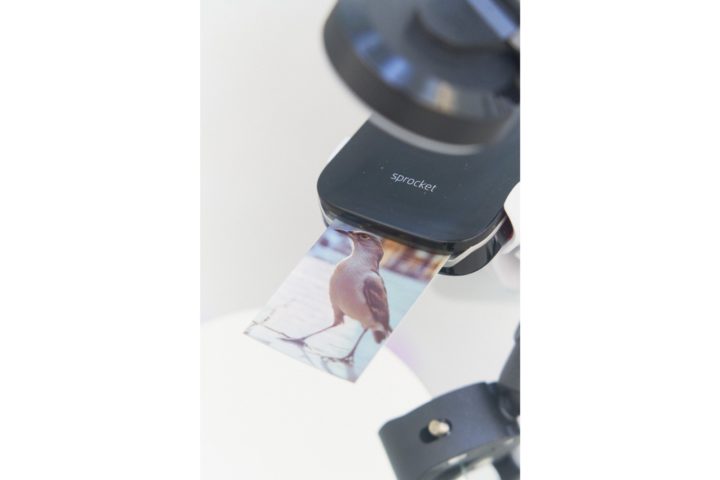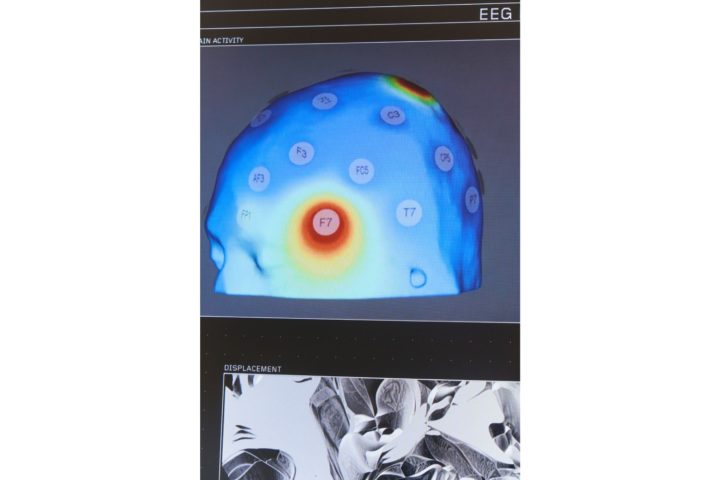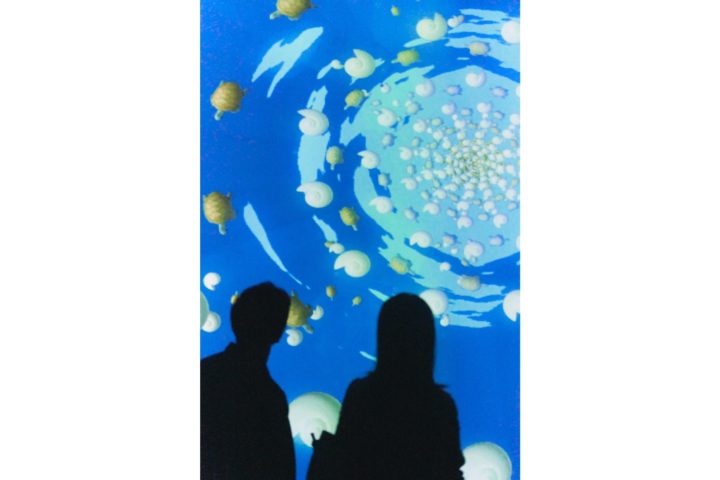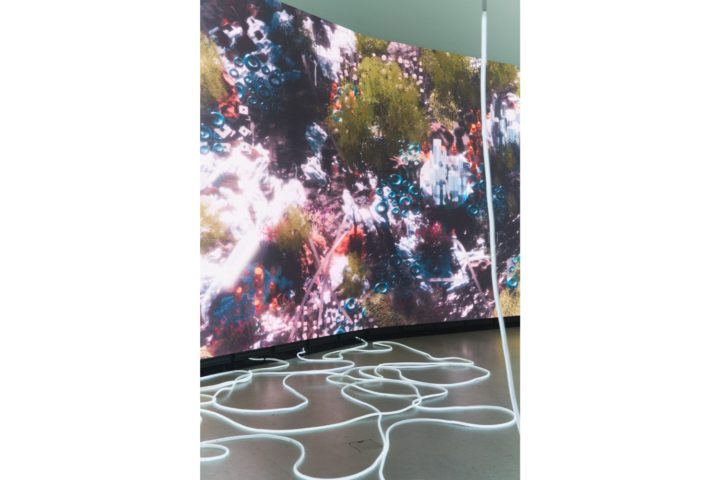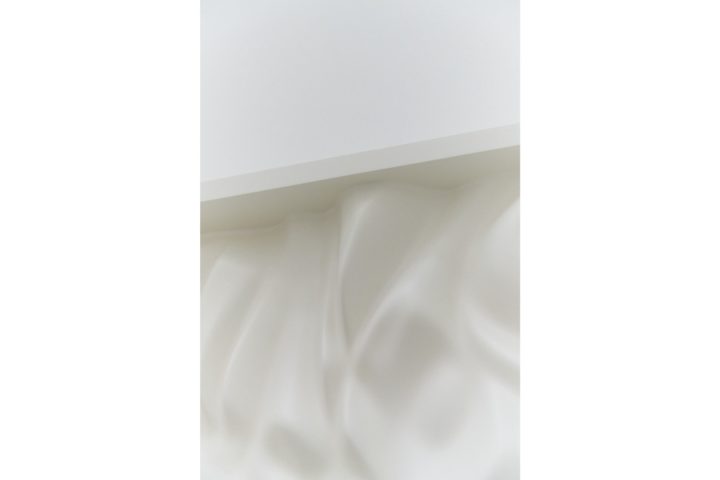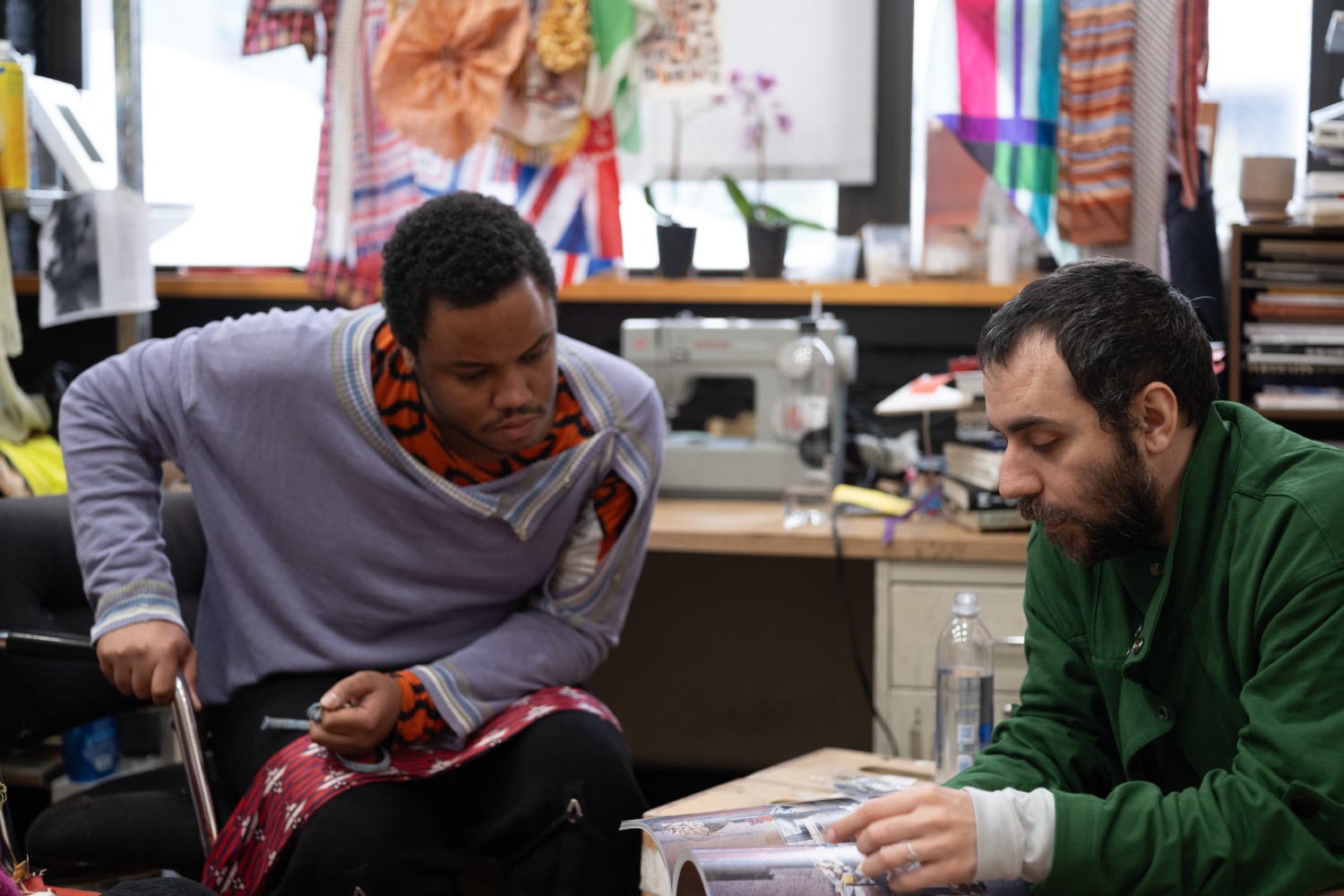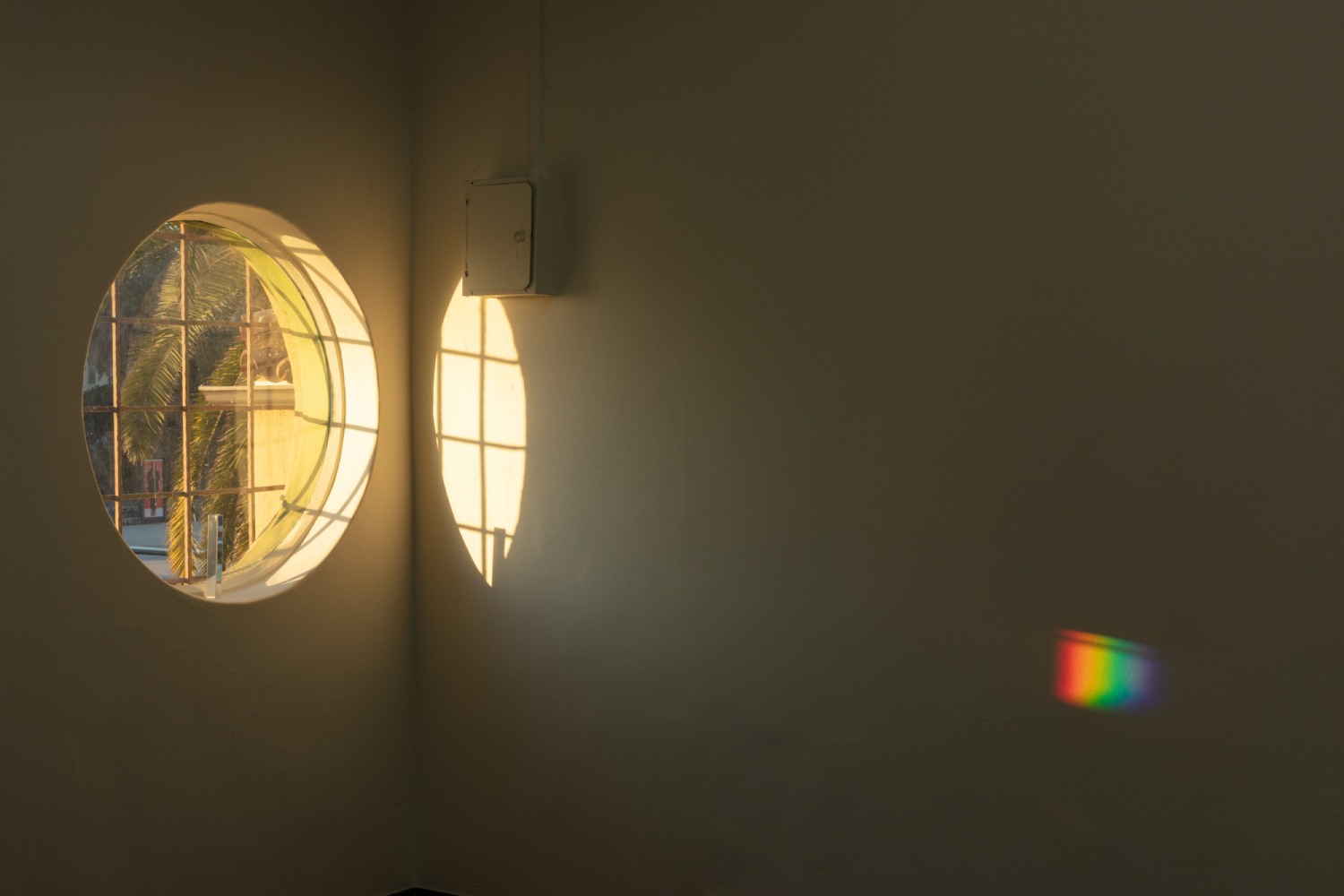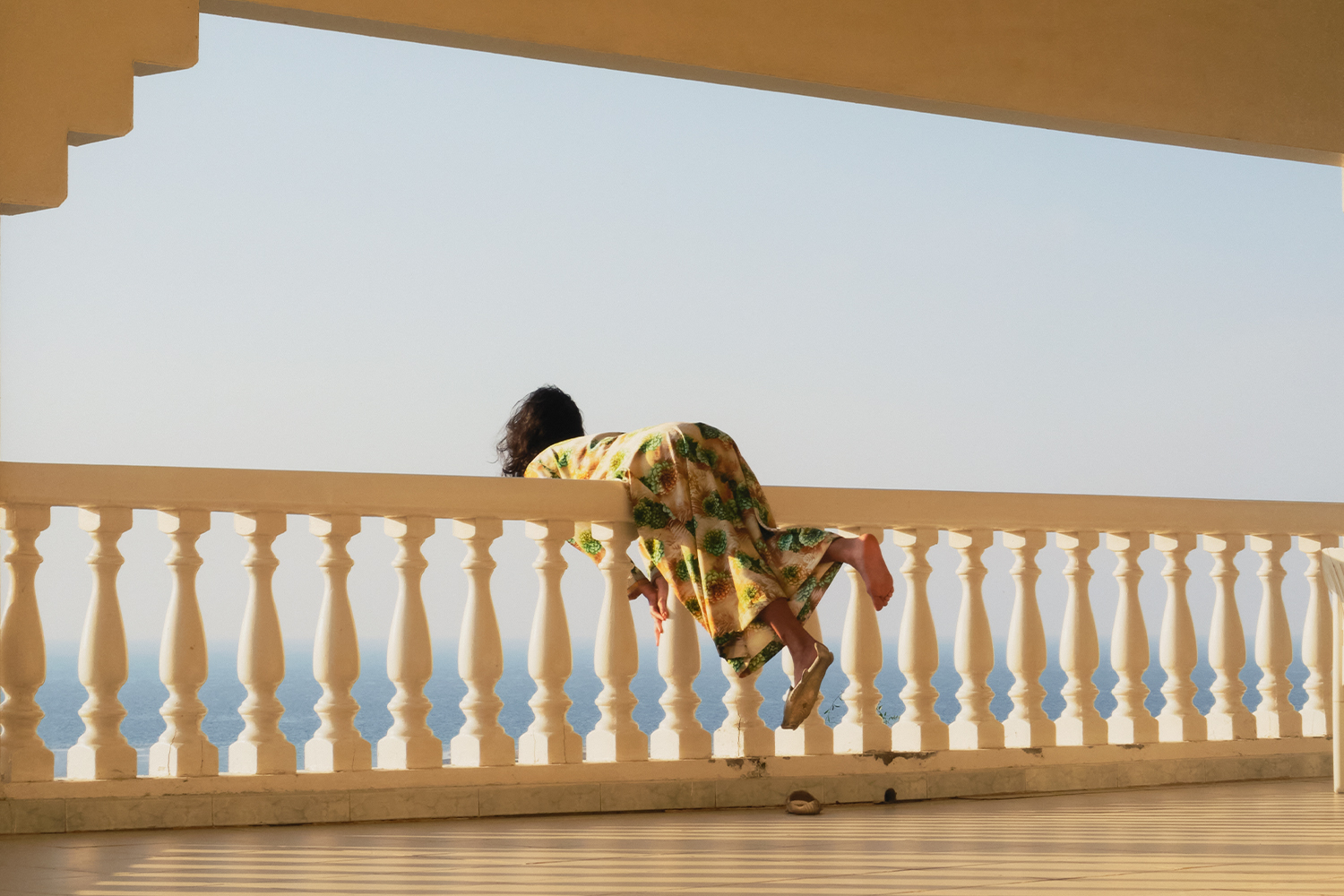Yuko Hasegawa took over the role of director of the 21st Century Museum of Contemporary Art, Kanazawa, in 2019, before COVID-19 proliferated. Working in isolation produces a lot of brain activity (sometimes crazy, sometimes extremely prolific), and she began to reflect on what new missions a museum could aspire to: the answer was a futuristic museum with a more connected and sensitive human touch than ever before.
Gea Politi: The 21st Century Museum of Contemporary Art in Kanazawa is a wholly immersive experience: every room, every artist, offers its own world, its own moment with the public. It’s a real participation-oriented museum, one of the few I’ve visited dealing directly with contemporary art. Now, among other shows, we can see “DXP (Digital Transformation Planet): Towards the Next Interface,” which focuses entirely on AI.
Yuko Hasegawa: “Immersive” is something that’s easy to understand, like Disneyland. But on the other hand, we’re presenting very highbrow content because many people haven’t had access to certain artistic approaches before. Modern and contemporary art are like forms. Modern art could be understandable in a certain way. Still, you must allow people to consider the contemporary and our situation; this is very important. Calibration, sensory learning, and also discussing place. So that’s why the role of the contemporary museum is so important. That’s my feeling, because our environment has changed and much information surrounds us. We need a certain kind of mapping, navigators, somebody to give a title and consider sensible ways to think about that. It’s imperative in the contemporary art museum’s role. I’m very critical about many things in the Western European art museum. They’re still focused on highbrow content based on intellectual knowledge.
GP: Most museums in Europe can feel a little cryptic. I have started to believe they work through very specific codes related to a very detailed level of art language, but I also feel some art institutions are becoming more sensitive to the issue. It is still quite challenging to read through a contemporary art exhibition, but in this museum you see a huge leap forward, and it’s exciting.
YH: You have to respect the viewer by presenting exhibitions that are accessible. It’s about understanding ordinary people, whether they work in a bank or grocery store. Nevertheless, people have much intellectual knowledge, as they’re quite informed by the internet.
GP: Everyone has their own interests, which they master, of course.
YH: That’s why it’s a completely different kind of situation than almost twenty years ago, before the internet arrived in 1995. But the situation has changed a lot with the post-internet generation.
GP: Also, interactivity is the new individuality.
YH: Right? Individuality. Another consideration is the constant passing of time, which propels us to consider nonhuman things, as there is a division when it comes to the nonhuman. We live in a multi-humanity era. And I feel this is the definition of a new humanity. That’s why we really need art and design to be a wake-up call, to create major understanding and interpretation about new forms of art. Interactivity changes the way we manage empathy.
GP: We went through all the exhibitions, all the chapters that you are working on and currently showing at the 21st Century Museum. Individuality, gender, human/nonhuman, and ecology were persistent themes. You said those are the main lines of inquiry you’d like to address with the public, but are there more?
YH: One of our challenges is trying to portray the present future. We always have to learn from history. History activates our understanding of the present, as we cannot see the future — we don’t have that ability. We don’t just understand the present; we push one step forward to try to foresee the future. Technology is another fundamental aspect I want to investigate. Culture can be very competitive. Sometimes civilization is a way to neglect culture. That means we have to find a balance between civilization and culture, and then we have to learn how to deal with technology. Relations, technologies, and data environments need to be considered, because they can contribute to visions of new ecologies. This is why I don’t want to instrumentalize art. Art is not giving any kind of solution. Art is a device to activate our minds, to think about alternative ways of living, and to give people ideas to discuss. I just started my research in Brazil, and this topic has become very urgent. I work in art and love art because I know how important it is and how it connects people. It’s very important that we work together on this big topic. One by one, we can’t make any drastic change or find any big solution, but we have to try anyway, one by one, step by step. We can’t stop this process; we must do it for the future of younger generations.
GP: Since you have a long history in the art world and the history of exhibitions, I wonder what you think about the current lack of exhibitions that really shape history, exhibitions such as “Post Human,” “Aperto ’93,” “Apocalypse: Beauty and Horror in Contemporary Art,” “When Attitudes Become Form.” I feel that it’s tough to name a show that has shaped our current times. I wonder why there are no longer exhibitions that can write history.
YH: I think there’s been an important shift in subjectivity. I think that it’s because art historians are also thinkers and curators, and a lot of curatorial works contribute to creating a new history and also contextualization of what happened in the art world. That means we are also kind of storytellers. And all those histories are now integrated into one big thread. This is one way to think about history. We have to take responsibility for our way of thinking and how we look at history.
GP: Cancel culture and rewriting history can also be a reason. Which will take time; it would be very interesting to see a post-cancel-culture exhibition.
YH: We live surrounded by subjectivity, and each individual subjectivity can shift and be considered in between those kinds of subjects within us. This is a crucial moment. We are constantly in the process of becoming; we really must be since we are part of the Earth. This is a way of understanding as we overcome dichotomies: subject/object, modernization, modernity, individuality, kindness, universality. Now we must overcome the moment. I’m very interested in this in-between time. I can’t say this is the right direction, but I feel I understand why everything is happening. That’s why we’re also discussing a big shift within modernization in contemporary art. Critics have to deal directly and responsively with many different topics, from sociopolitical art to gender topics, racism, and postcolonial matters. An alternative idea should be proposed. But many don’t propose new ideas after producing criticism. But that’s what criticism means. Still, our subjectivity should determine a more personal criticism. Collectively, we must consider each subjective criticism. I sometimes think that this hierarchy of importance could be changed. I highly respect all types of individualism and individual freedom. But then, sometimes, we really must think that we all must survive together.

